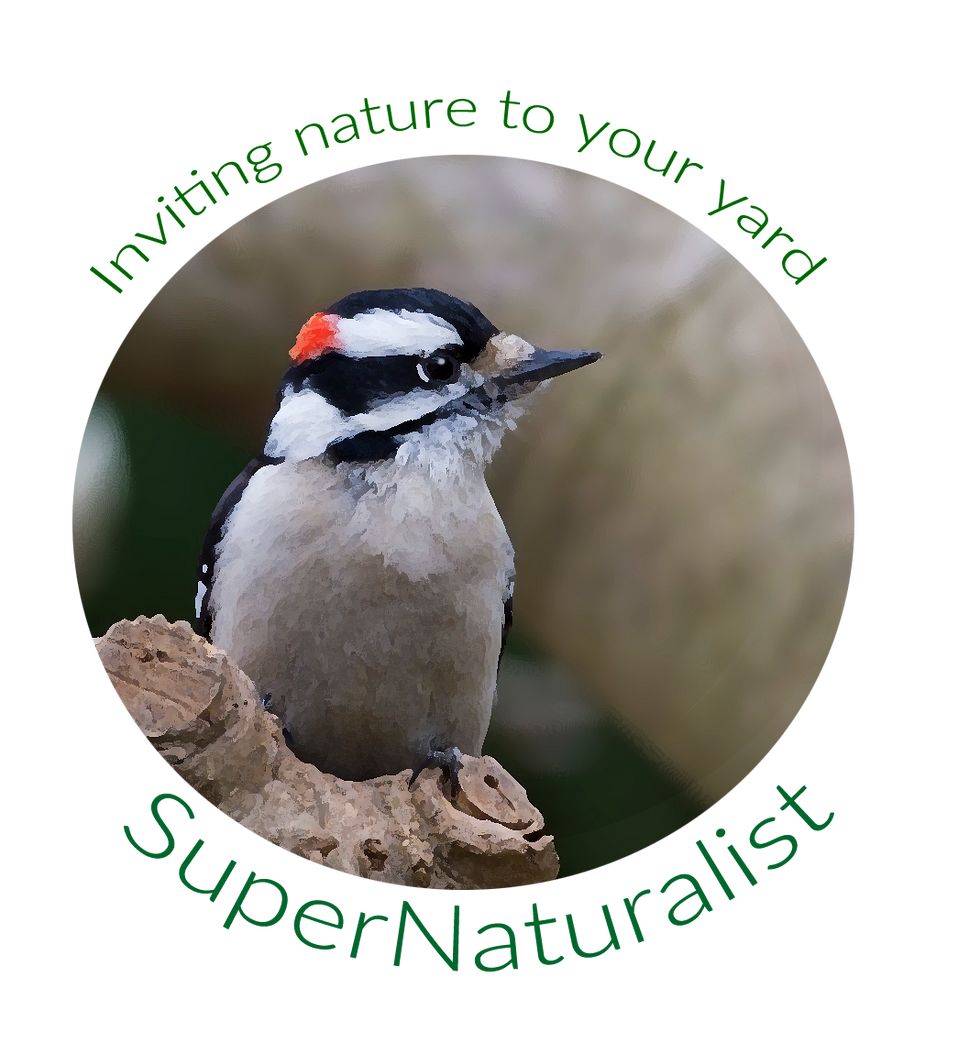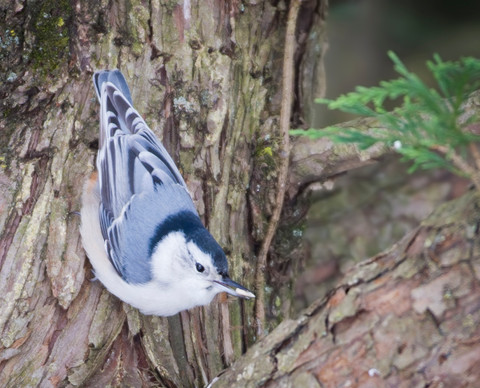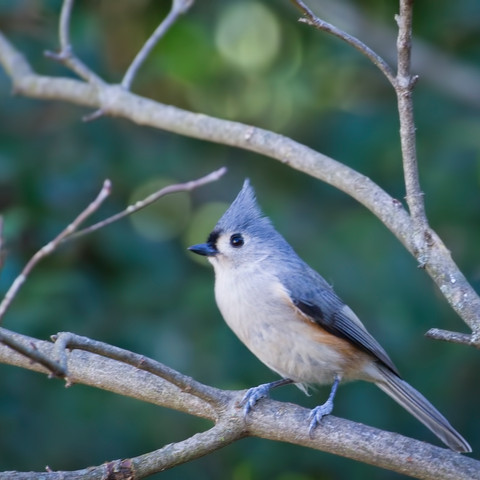January is the middle of bird feeding season. Property owners that offer a winter habitat of food, water, and shelter are enjoying the company of their region's toughest birds. It's not too late to set up your yard to help the local birds survive the winter. To get started, see our blog on winter bird feeding!
For homeowners concerned that their property is too small to make a difference, note that most of the pictures in this blog were taken on one tree!
Our northeastern woodpeckers do not migrate. Instead, they tough out the winter scouring trees for insect eggs and grubs. If there are native oaks, maples, pines, walnuts, or cherry trees on your property, woodpeckers are their first line of defense against insect pests. Woodpeckers are partial to black oil sunflowers seeds, peanuts, and suet at the birdfeeder.
This young male red-bellied woodpecker is making his way to the suet feeder.
The downy woodpecker, a frequent feeder visitor, is the smallest North American woodpecker.
Bluebirds will not migrate while there is enough food and shelter to sustain them. Native trees and shrubs, suet feeders, and empty nest boxes in my neighborhood provide excellent habitat for spending their winter in our yards. See our blog "Upping your Bluebird Game." to attract bluebirds to your property.
(Left) A breeding pair of bluebirds take a breather from hunting. (Right) A male bluebird sports his winter look by trapping an insulating layer of warm air in his feathers.
We took a deep dive into the Northern Cardinal in our December blog. Suet and safflower seeds are the preferred feeder fare for cardinals.
2020's bumper acorn crop fueled a significant increase in the chipmunk and blue jay populations; as a result, they were frequent yard guests.
Blue Jays, a member of the corvid family (with crows and ravens), are among our most intelligent birds.
Nuthatches have the unique ability to travel tree trunks face down. This particular adaptation allows the nuthatch to see insect eggs and larvae that upward climbers miss. This winter, we have a new arrival on our property- the Red-Breasted Nuthatch.
A white-breasted nuthatch enjoys a sunflower seed, while a red-breasted nuthatch awaits his turn at the feeder.
A tufted titmouse crests up and crests down!
Hiding in Plain Sight!
To survive winter, many birds have adapted camouflage to hide from predators. For example, check out the songbirds below that disappear into their background.
A Carolina Wren is hidden in the leaf litter.

This white-throated sparrow is nearly invisible against this evergreen tree.

This Northern Flicker (woodpecker) is a new addition to our property. I might have missed him if he hadn't moved up the tree trunk!
The brown creeper is another new addition to my backyard. Thier coloring is ideal for life in the trees. On the right, I caught him napping.

All photographs, unless otherwise noted, were taken on our one-acre property in eastern PA.
Photographs by SuperNaturalist.net






































Tom: What a fantastic group of photo’s. Always love the Carolina Wren. I’ll have to keep an eye out for the brown creeper. thank you!